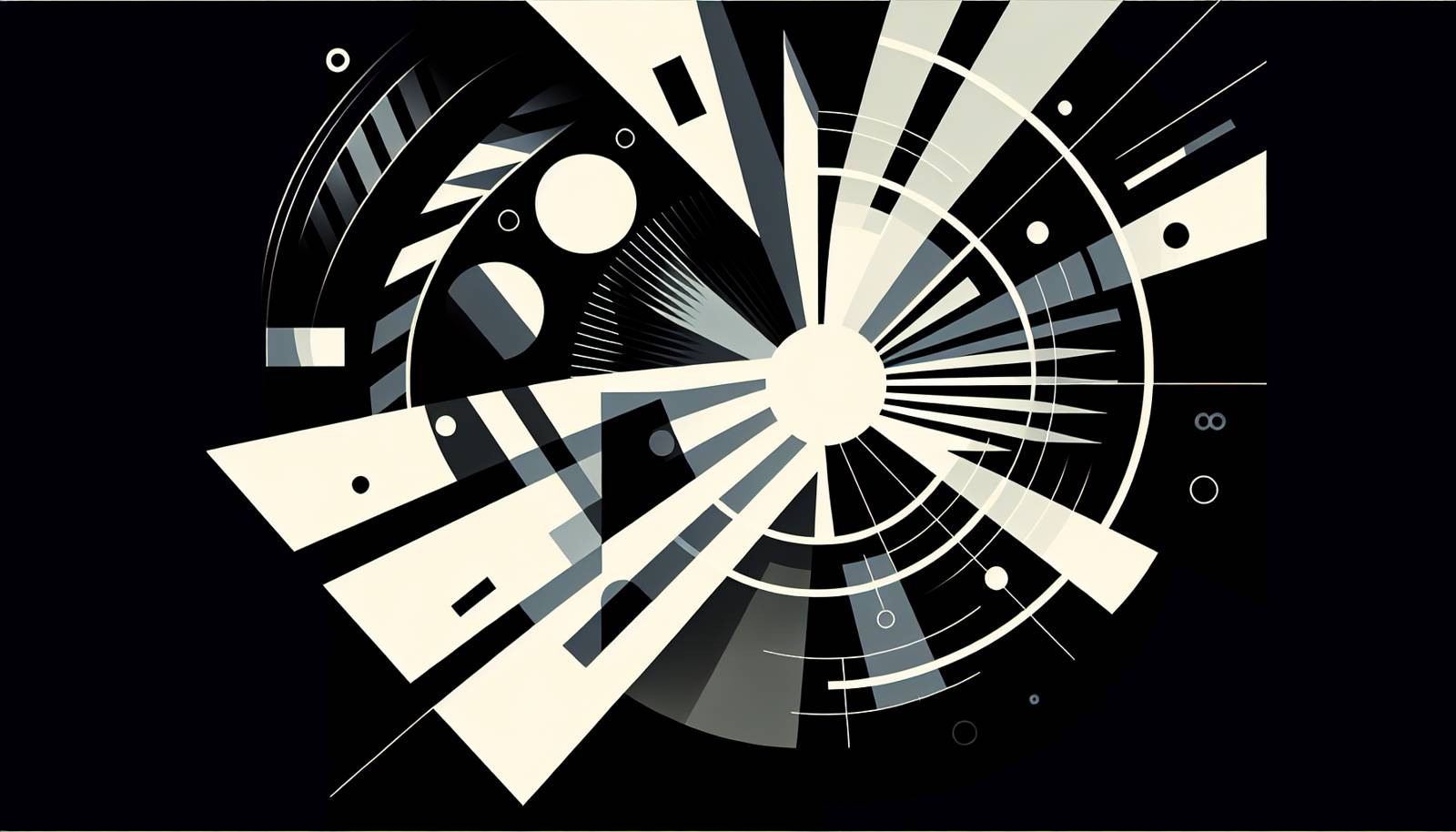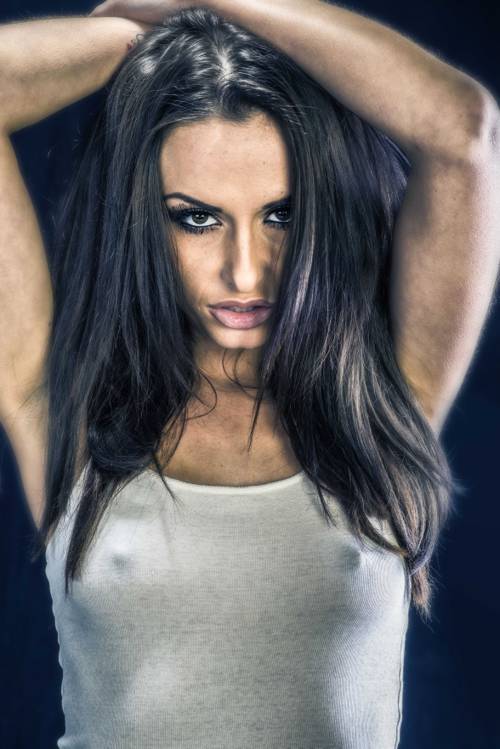
FAQ About The Role of Cinematic Lighting in Film Noir Aesthetics

What is film noir and how is lighting used in it?
Film noir is a cinematic genre known for its dark, moody narratives typically involving themes of crime, moral ambiguity, and complex characters. It emerged in the early 1940s and is characterized by its distinct visual style. Cinematic lighting plays a crucial role in film noir, utilizing high contrast, low-key lighting to create stark shadows and dramatic contrasts. This creates a heightened sense of tension and foreboding, emphasizing the mysterious or dangerous undertones of the plot.

What are the common lighting techniques used in film noir?
Common lighting techniques in film noir include the use of low-key lighting, backlighting, and chiaroscuro effects. Low-key lighting minimizes the amount of light used, creating deep, dark shadows and a high contrast between light and dark areas. Backlighting is used to silhouette characters, adding to the mystery and drama, while chiaroscuro involves strong contrasts between light and dark, highlighting the duality and complexity of characters.

How does film noir lighting influence modern cinema?
Film noir lighting continues to influence modern cinema by inspiring filmmakers to use lighting to enhance mood, atmosphere, and character complexity. Techniques such as low-key lighting and strong shadowing are still used today, not only in crime dramas but across various genres, to create suspense, highlight moral ambiguity, and add visual intrigue. Modern neo-noir films often incorporate these elements alongside new technologies to preserve the classic aesthetic while innovating storytelling methods.

Why is low-key lighting important in film noir?
Low-key lighting is important in film noir because it creates a visually striking contrast between light and shadow, which helps to accentuate the dramatic and often ominous tone of the film. This lighting style helps set the mood and supports the narrative by emphasizing themes such as mystery, tension, and moral complexity. The stark shadows and defined contrasts offer a visual metaphor for the duality and inner conflict within the characters and story.

How does chiaroscuro lighting impact film noir aesthetics?
Chiaroscuro lighting greatly impacts film noir aesthetics by creating strong visual contrasts between light and dark. This technique emphasizes the moral ambiguity and psychological depth of the characters and the story. The interplay of light and shadow enhances the visual tension and adds layers of meaning, often highlighting the themes of entrapment and deception that are central to film noir narratives.

What is the significance of silhouettes in film noir lighting?
Silhouettes in film noir lighting are significant because they add an element of mystery and suspense. By backlighting a character, filmmakers can obscure facial features and expressions, encouraging the audience to focus on body language and context. This technique contributes to the mood of uncertainty and the narrative's tension, enhancing the psychological complexity typical of film noir.

Can film noir lighting be used outside the noir genre?
Yes, film noir lighting techniques are often used outside the traditional noir genre to impart a sense of intrigue, tension, or moral ambiguity in contemporary films. These techniques can be found in thrillers, mysteries, and even science fiction films, where they help create atmospheric tension and highlight complex character dynamics. Filmmakers use these lighting methods to borrow the mood and aesthetic associated with the noir genre to enhance storytelling in various contexts.

How have digital technologies influenced film noir lighting techniques?
Digital technologies have expanded the possibilities of film noir lighting by allowing for more precise control over lighting effects and shadow placement. Advanced digital editing tools enable filmmakers to adjust lighting in post-production, enhancing the chiaroscuro effects typical of noir. Additionally, digital cameras can capture low-light settings more effectively, maintaining the visual impact of traditional film noir lighting while offering greater flexibility and cost-effectiveness in filmmaking.

Are there any iconic films that showcase classic film noir lighting?
Yes, several iconic films are renowned for their exemplary use of classic film noir lighting. Notable examples include "The Maltese Falcon" (1941), "Double Indemnity" (1944), and "The Third Man" (1949). Each of these films utilizes low-key lighting, dramatic shadows, and high contrast to create a gripping, tense atmosphere that enhances the narrative's complexity and psychological depth.

What role does shadow play in film noir lighting?
Shadow plays a pivotal role in film noir lighting, serving both aesthetic and narrative functions. Visually, shadows create a dramatic, mysterious ambiance that is characteristic of the noir genre. Narratively, they symbolize the hidden motives, secrets, and moral ambiguities of the characters and plot. Shadows help convey themes of entrapment, deception, and duality, which are central to film noir's storytelling.

How does film noir lighting affect the viewer's perception of characters?
Film noir lighting affects viewers' perception of characters by highlighting their moral ambiguity and psychological complexity. The stark contrast and shadows often suggest hidden depths or dualities within a character's personality. This lighting technique can make characters seem more mysterious or deceptive, prompting viewers to question their motives and alignments. The visual style directly influences audience engagement, drawing them deeper into the narrative.

What is the difference between high-key and low-key lighting in film noir?
High-key lighting is characterized by an abundance of bright light, producing little contrast and few shadows. It's typically used in genres like comedies or romances to signify a light, upbeat mood. In contrast, low-key lighting is prevalent in film noir, marked by deep shadows and high contrast between light and dark, creating a tense, somber atmosphere. Low-key lighting heightens the dramatic effect and emphasizes the darker themes often explored in film noir.

Why might a director choose film noir lighting techniques for a modern film?
A director might choose film noir lighting techniques for a modern film to evoke nostalgia for classic cinema or to utilize the mood-enhancing qualities of these lighting styles. Such techniques can help create a sense of mystery, tension, or moral complexity within a narrative. By drawing on noir film aesthetics, directors can differentiate their films stylistically while also drawing thematic parallels with the classic genre.

Can lighting alone define a film noir, or are other elements necessary?
While lighting is a crucial aspect of defining a film noir, it is not the only element. Other important factors include narrative themes such as crime, moral ambiguity, and complex characters, as well as stylistic elements like sharp dialogue and urban settings. The integration of all these components creates the quintessential film noir experience, with lighting serving to enhance the mood and visual storytelling.

How do photographers apply film noir lighting techniques?
Photographers apply film noir lighting techniques by using high contrast lighting setups and creating dramatic shadows. This involves directional lighting to illuminate part of a subject while casting the rest in shadow, thereby highlighting textures and creating a sense of depth. By using tools like snoots or grids, photographers can control the spread of light, emulating the classic noir aesthetic in their images. These techniques are often used to evoke a sense of mystery and intrigue similar to that found in film noir cinemas.

What are the challenges of using film noir lighting in filmmaking?
The challenges of using film noir lighting in filmmaking include requiring precise lighting setups to achieve the desired balance of highlights and shadows. Achieving the classic high contrast without modern lighting equipment can also be difficult, often demanding meticulous planning and technical skills. Additionally, maintaining visual clarity while using low-key lighting in modern digital filming presents a challenge, as filmmakers must carefully manage exposure and other settings to preserve detail in both highlights and shadows.

Is film noir lighting exclusively used in black and white films?
While film noir lighting is often associated with black and white films, it is not exclusive to them. The same principles of high contrast and shadow play can be applied to color films to similar effect. Neo-noir films, for instance, frequently use traditional noir lighting techniques to evoke the mood and atmosphere of classic noir, regardless of whether they are shot in color. The focus remains on creating mood and thematic depth through lighting, irrespective of color format.

How does the use of lighting in film noir compare to other stylistic film genres?
Compared to other stylistic film genres, film noir heavily relies on low-key lighting to create mood and underscore narrative themes. While genres like musicals or rom-coms use high-key lighting to evoke a bright, positive atmosphere, film noir uses light and shadow to build tension and highlight moral complexities. This distinct use of lighting helps differentiate film noir, making it readily identifiable by its visual characteristics.

How do directors balance the technical and artistic aspects of film noir lighting?
Directors balance the technical and artistic aspects of film noir lighting by combining meticulous planning with creative vision. Technical precision is crucial in setting up the lighting to achieve the desired aesthetic effect, while artistic sensibility guides how light and shadow are used to reflect character emotions and narrative depth. Collaborating closely with cinematographers, directors fine-tune lighting to align with the film's themes and emotional tenor, ensuring technical execution supports artistic goals.

What purpose does unnatural or surreal lighting play in film noir?
Unnatural or surreal lighting in film noir serves to heighten tension and disorient the viewer, complementing the genre's themes of psychological conflict and moral ambiguity. This technique might involve exaggerated shadows or unexpected light sources that contribute to a sense of unease or otherworldliness. Such lighting choices often underscore the narrative's emotional or thematic complexity, drawing viewers deeper into the film's stylized world.
